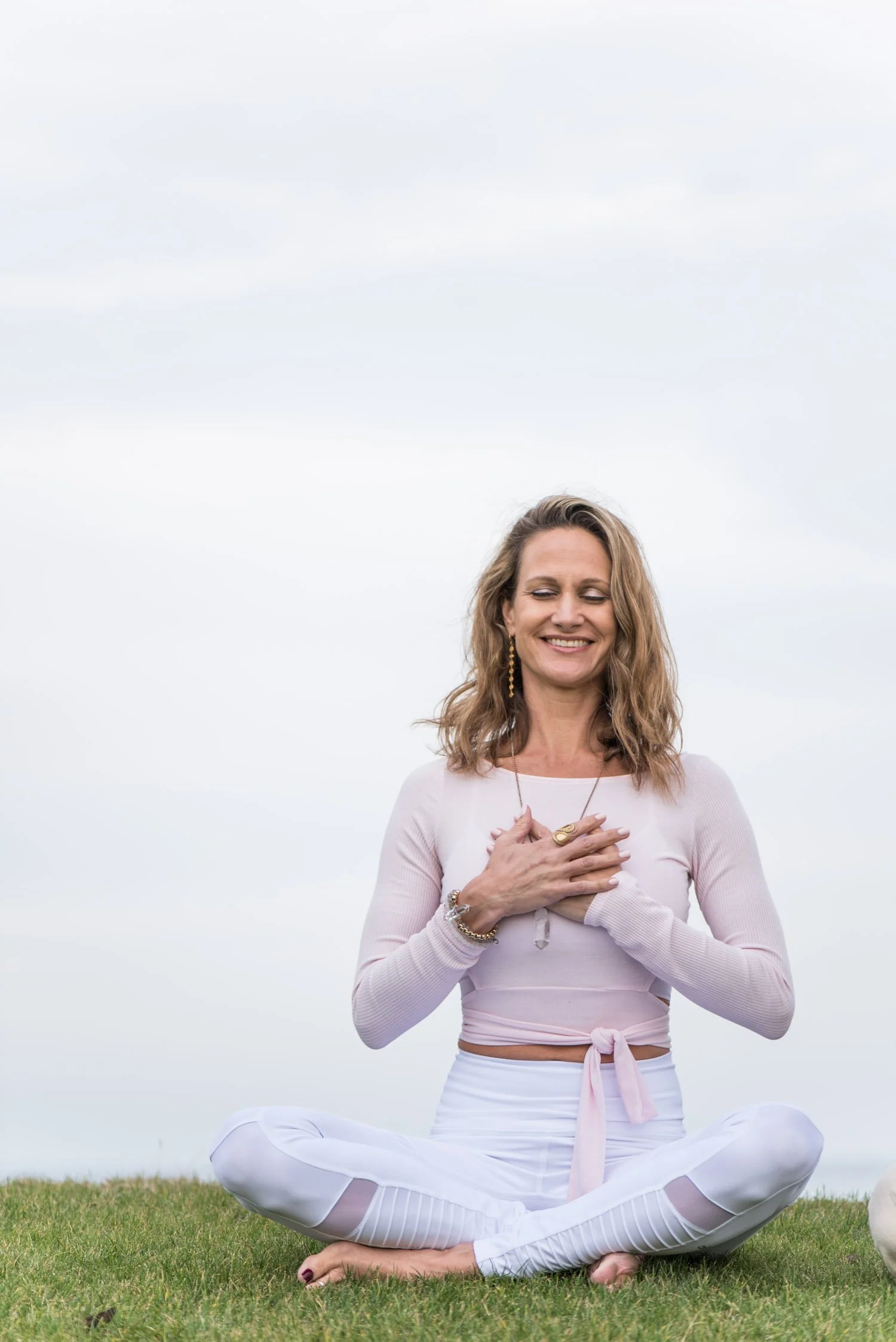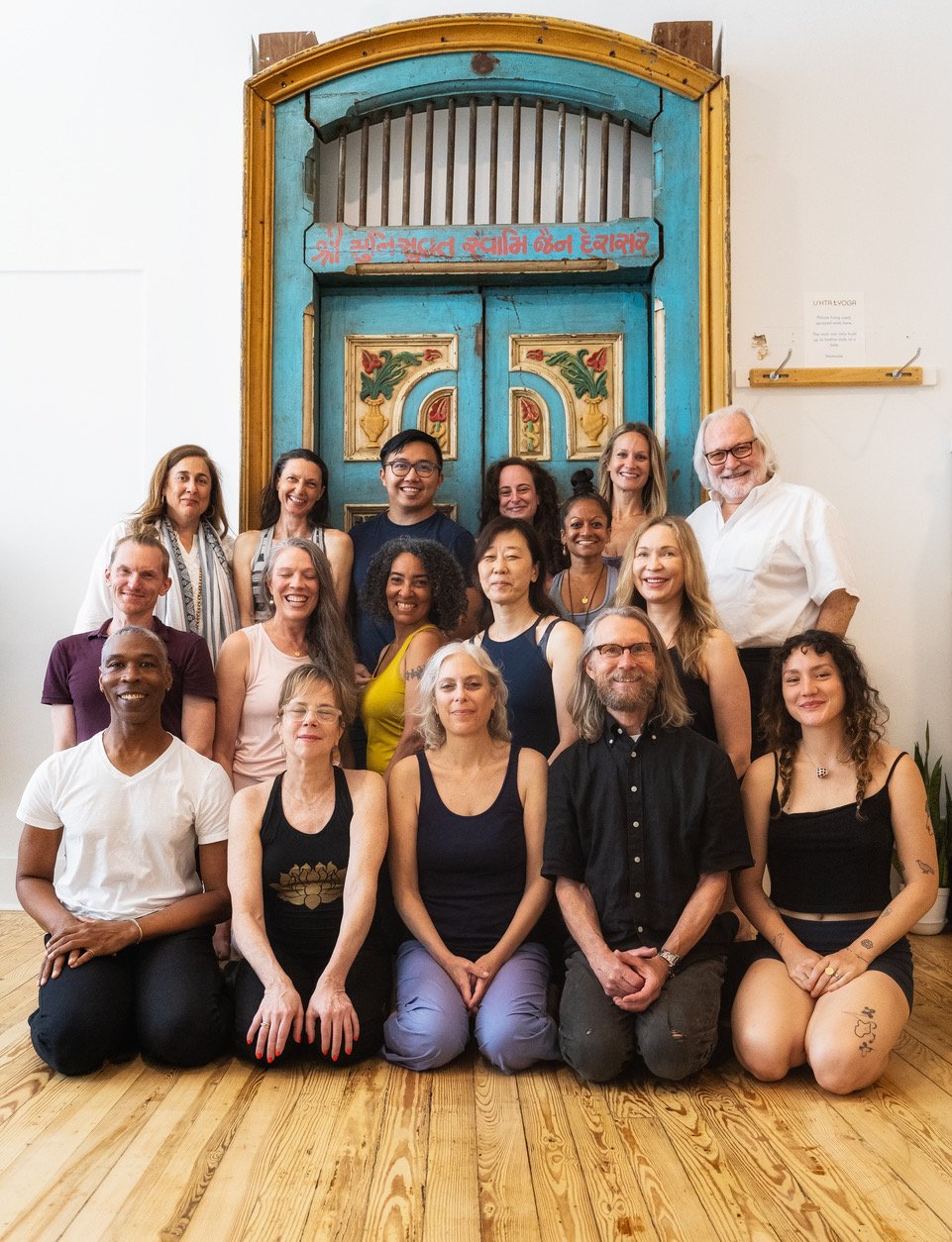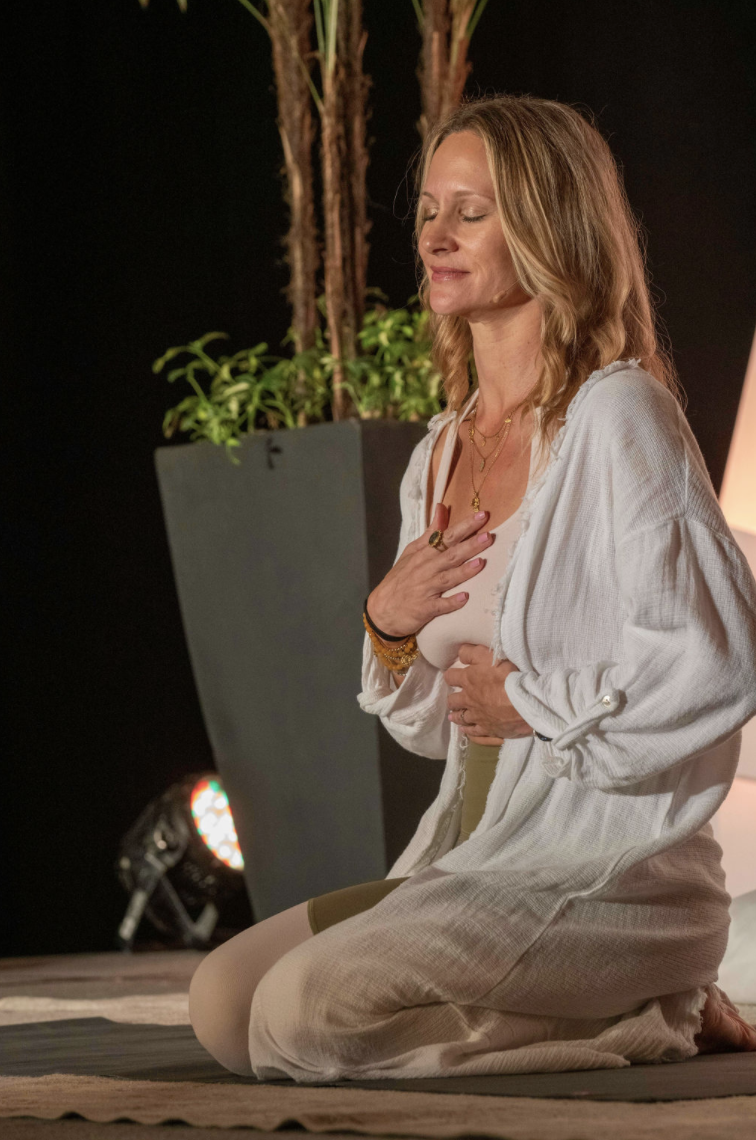
DRAFT
Draft
Write here
ISHTA Yoga
Kavi Yogi Swarananda Mani Finger and his son, Alan Finger, created ISHTA Yoga in the late 1960’s in South Africa. Mani was first initiated into Kriya Yoga by Paramhansa Yogananda in Los Angeles, and later as a Kavi yogi by Sivananda in India. Mani subsequently went back to South Africa where he transformed his home into an ashram.
-
Over many years, Mani and Alan hosted many gurus at their house including Swami Venkatesananda (friend of T. Krishnamacharya and Sivananda’s ‘jewel student’), Ramakrishna Mission, Swami Nishraisananda, and Tantric master Shuddhand Bharati, who initiated both Alan and Mani into Tantra. Seeking to integrate and celebrate the different teachings and lineages that passed through their ashram, Mani and Alan created ISHTA Yoga. ISHTA aims to give each student an understanding of how to incorporate aspects from various yoga styles and practices in a way that best suits their individual paths.
In 1975, after teaching in South Africa for thirteen years, Alan moved to the United States. He settled in Los Angeles and founded the Yoga Tantra Institute. Soon after, he co-founded Yoga Works. In 1993, Alan relocated to New York City and formed the Yoga Zone studios. Yoga Zone became Be Yoga and expanded Alan’s teachings into one of the most successful regional yoga teacher training programs in the country. Coming full circle, in 2004 Be Yoga rejoined the Yoga Works family of studios.
In March, 2006 Alan and I joined forces spiritually and romantically. It was around the time that his contract was up with Yoga Works in Manhattan and he had the opportunity to offer ISHTA its own home. It became clear to me that one of my life’s purpose was to ensure that ISHTA had a presence of its own for the community of people whose lives it had touched and continues to touch today.
Alan and I married in September, 2008, nearly 5 months after opening the first ISHTA Yoga studio in Manhattan together with our partners at the time, Bruce and Julie Wilcox. For the first time, all elements of the ISHTA tradition had a dedicated home. We now have a presence at Halevy Life Fitness in Midtown East Manhattan, as well as teachers and trainings all over the world including Washington, DC, London, Stockholm, Munich, Berlin, Tokyo, and Australia.
-
ISHTA Has a twofold meaning: from sutra 2.44 from the Yoga Sutras of Patanjali: “Svadyaya Ishta Devata Samprayogaha” meaning “When you study yourself you will know your own individual spirit”. It is also an acronym which stands for The Integrated Science of Hatha Tantra and Ayurveda. These are the three sister sciences of yoga.
- Hatha: From ‘ha / tha’ or ‘solar energy / lunar energy’ in Sanskrit, originated in the Tantric period. Hatha Yoga is the physical practice of asana, or yoga postures. Hatha also refers to the science of strengthening the weaknesses in an individual and removing the stress blockages in our systems.
-Tantra: From the root words ‘tanoti,’ ‘expansion,’ and ‘trayati,’ ‘liberation.’ Tantra is the belief that our essential nature is divine, perfect as it is, part of the universal consciousness, and filled with bliss. The practice of Tantra increases our awareness of this state of total liberation through acceptance of ourselves and everything around us. Tantra gives us many tools to achieve the understanding of our true selves. In the ISHTA practice, we focus on asana, pranayama (breath work), kriya techniques and visualization meditation, as our primary tools.
-Ayurveda: From the words ‘ayur’ which means ‘life’ and ‘veda’ which means ‘science.’ This ancient Indian tradition teaches that we each have a constitution, or prakriti, that is unique like our fingerprints. According to ayurvedic thought, the ideal practice begins with understanding the individual’s unique prakriti and their needs based on the interplay of that constitution with their current situation. For example, stress, injuries, or changes in life or work all impact what practice is ideal for you at a given moment. Ayurveda in the ISHTA practice encourages self-exploration and an awareness of the impact our circumstances have on our physical, emotional, and energetic states. We seek to understand how to best create balance in our lives and accept who we are. (From Mona Anand’s website)




